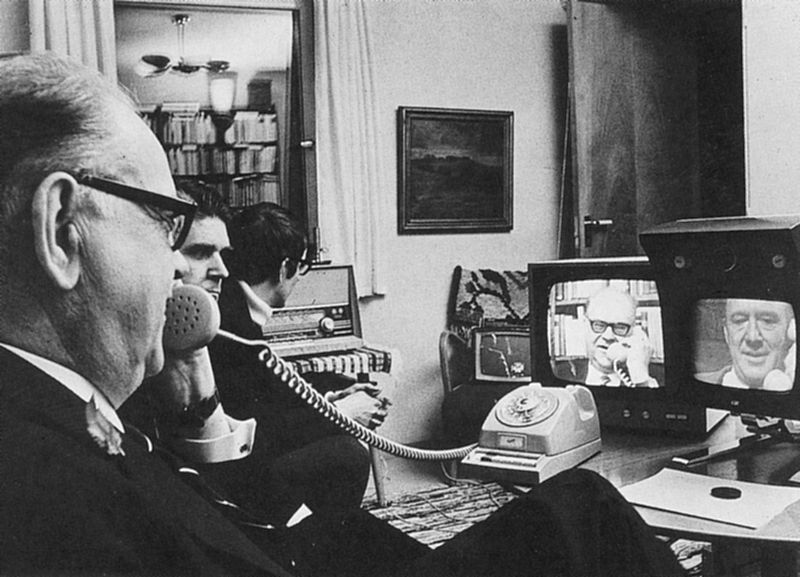The opening of Chris Anderson’s new Wired Q&A with computing legend Marc Andreessen, who created the first popular graphical web browser:
“Chris Anderson: At 22, you’re a random kid from small-town Wisconsin, working at a supercomputer center at the University of Illinois. How were you able to see the future of the web so clearly?
Marc Andreessen: It was probably the juxtaposition of the two—being from a small town and having access to a supercomputer. Where I grew up, we had the three TV networks, maybe two radio stations, no cable TV. We still had a long-distance party line in our neighborhood, so you could listen to all your neighbors’ phone calls. We had a very small public library, and the nearest bookstore was an hour away. So I came from an environment where I was starved for information, starved for connection.
Anderson: And then at Illinois, you found the Internet.
Andreessen: Right, which could make information so abundant. The future was much easier to see if you were on a college campus. Remember, it was feast or famine in those days. Trying to do dialup was miserable. If you were a trained computer scientist and you put in a tremendous amount of effort, you could do it: You could go get a Netcom account, you could set up your own TCP/IP stack, you could get a 2,400-baud modem. But at the university, you were on the Internet in a way that was actually very modern even by today’s standards. At the time, we had a T3 line—45 megabits, which is actually still considered broadband. Sure, that was for the entire campus, and it cost them $35,000 a month! But we had an actual broadband experience. And it convinced me that everybody was going to want to be connected, to have that experience for themselves.”
Tags: Chris Anderson, Marc Andreessen

